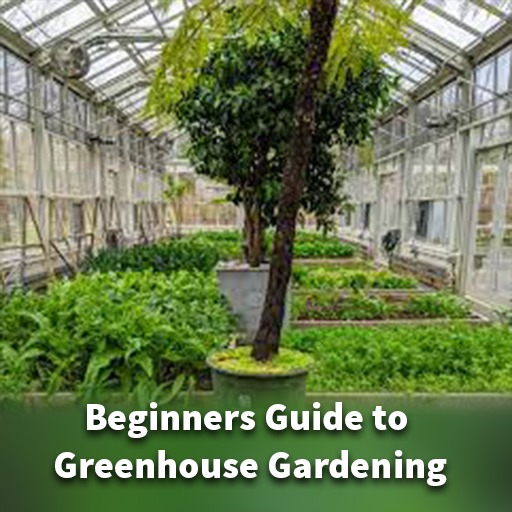Growing your fruits and vegetables in a greenhouse may be a very satisfying and pleasurable activity, but like any hobby it takes a certain level of ability and understanding. Also, when cultivating the most durable plant species, there are a variety of factors that can affect rates of growth and crop success. Although trial and error are crucial parts of the learning process for starting greenhouse gardening. Here are some tips for starting successful greenhouse gardening:
Here is the Guide to Greenhouse Gardening:
Size of Green House:
When purchasing or designing a greenhouse, the very first thing to keep in mind is how much growing area you will require. Remember that a greenhouse gardening is an investment that will pay off in the long run. Your choice should be able to accommodate you for many years. In many cases, greenhouse gardening owners realize that they require more space than they planned. Furthermore, if you want to grow veggies, you will need plenty of sunlight and space, so you need a huge greenhouse in this case.
Location for Greenhouse:
The greenhouse should be placed on a hard, level surface. Consider putting the greenhouse gardening on a higher portion of the land to keep it safe from any floods. Overhanging sections from trees or huge plants could cause problems if the base is placed near them. In this situation, the branches should be removed before they reach the greenhouse. Another factor to consider is the sunlight. To keep greenhouse gardening as effective as possible, the spot must receive optimum sunlight for plant growth.
Accessories:
Numerous accessories can be used in greenhouse gardening. You may add storage, controlled vents, a heating system, a tools rack, a fan, a potting table, and so many others, depending on the need and budget. Examine what you require. You can design the greenhouse as efficient and manageable as possible.

Cooling:
It might be difficult to keep a greenhouse at a constant temperature during the summertime. Cooling a greenhouse that has been too heated is significantly more difficult than heating. During the hot season, it is critical to monitor the temperature within the greenhouse frequently. Temperature monitoring frequently can be the ability to be able to control temperature by just opening the greenhouse doors and need to utilize positive cooling. If the greenhouse overheats frequently, an evaporative air cooler, which preserves humidity, is required.
Heating:
Maintaining heat in a greenhouse in cold weather may be a challenging task. For people inexperienced in greenhouse gardening, we suggest electric heaters because they are simple to install, more cost-effective, and offer a wide variety of applications. Gas heaters do the same job, but they’re more expensive and come with the additional difficulty of setting out optimal ventilation, which includes both a continuous supply of gas for burning and a way to exhaust pollutants. Large stones as well as other heat-absorbent items are used by some farmers for small greenhouses to collect heat during the day and start releasing it during the nighttime.
Garden Cover:
Covers can protect plants from being harmed in hotter climates or when the sunlight is straight hitting the greenhouse by decreasing the quantity of summer sunshine. Shade could be provided by (polypropylene) shade fabric, wooden or aluminum slide panels, and polyester materials.
Control Pests Problem:
The very first step in eliminating pest problems for maintaining the greenhouse and planting tools clean. Before moving seedlings into the greenhouse, check them thoroughly for insects and diseases. If cleaning fails, eliminate any plants that have bugs or infections right away. Many soft-bodied pests can be killed or deterred by spraying plant leaves with insect killing soap.

Watering the Plants:
Watering plants on a specified timeline is among the most common mistakes beginner growers do. When it comes to watering plants, a variety of factors should be considered, including temperature, moisture, and the level of growth and development of the plant. During wintertime, you may only need to hydrate a seedbed once every 7 days, but during the summertime, you may need to hydrate it more frequently. Measuring soil moisture, either with particular moisture meters or just by touch, is the best way to decide when and how to hydrate the plants.
Ventilation:
Convection currents produced by natural heating are enough to maintain excellent circulation during the summertime. Having both the roof and wall vents opened during the summertime allows cool air to enter through the wall vents while hot air escapes through the roof vents, providing a steady flow of fresh air. Maintaining air to circulate could be more challenging in the winter. While it’s important to avoid overwatering the soil, several greenhouse gardeners keep an oscillating fan blowing for the duration of the cold season.
Benefits of Greenhouse Gardening
- It makes it easier to create a controlled environment
- A greenhouse proves to be a safe haven for plants
- You will have healthier plants
- There is limitless seasonal gardening
- You can have a multipurpose environment

